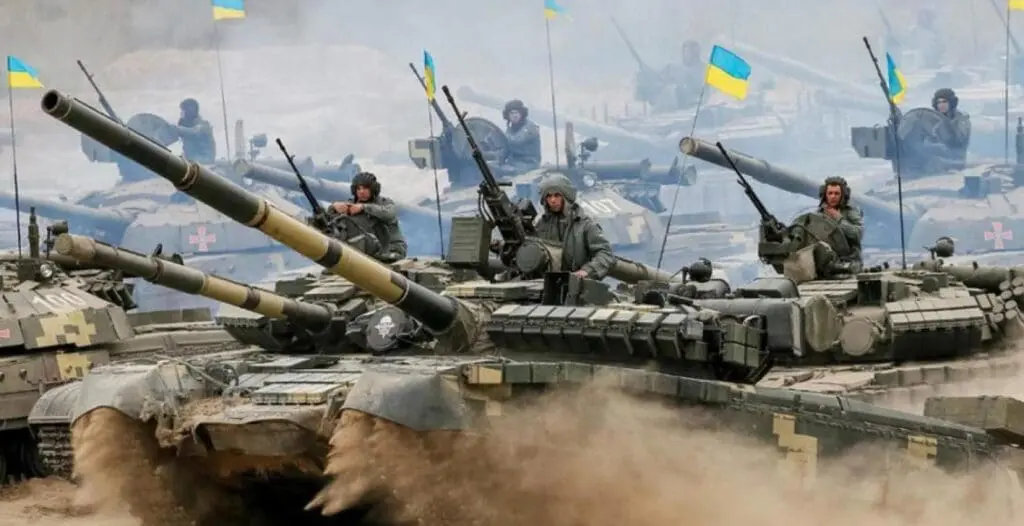NATO plans to coordinate the transport of large numbers of wounded soldiers away from the front lines in the event of a war with Russia, possibly using hospital trains, because air evacuations may not be feasible, a senior general said, Reuters reported.
The future scenario for medical evacuations will be different from the allies’ experience in Afghanistan and Iraq, Lieutenant General Alexander Sollfrank, head of NATO’s logistics command, told the news agency. In a conflict with Russia, Western armies would likely face a much larger war zone, a higher number of wounded soldiers and an at least temporary lack of air superiority near the front lines, the German general said. “The challenge will be to quickly provide high-quality care for, in the worst case, a large number of wounded,” he said, without specifying how many casualties the Alliance would expect.
The medical evacuation planning is part of a much broader NATO effort, prompted by Russia’s invasion of Ukraine in 2022, to review and enhance its deterrence and defense capabilities against any Russian attack. The German military has said it expects Russia to be able to attack a NATO country by 2029 at the earliest, while Russian President Vladimir Putin views the West as the aggressor for arming Ukraine. The war in Ukraine has sparked the most intense confrontation between Russia and the West since the Cuban Missile Crisis in 1962. Sollfrank heads NATO’s Joint Support and Enablement Command (JSEC), which is tasked with coordinating the rapid movement of troops and tanks across Europe, as well as logistical preparations such as stockpiling ammunition on NATO’s eastern flank.
JSEC – which is based in the southern German city of Ulm – recently held a patient flow coordination exercise. In a conflict with Russia, wounded troops would not only have to be transported over greater distances than in other wars in recent years, Sollfrank said. Russian air defenses and aircraft would threaten medical evacuation flights in a way that insurgents in Afghanistan or Iraq have not, likely creating a need for hospital trains that can carry more casualties at a time than planes. “Air superiority will have to be achieved first. It will take time to succeed along the entire length and depth of the front line,” Sollfrank said. “For planning reasons, all options for getting large numbers of wounded to medical facilities must be considered, which includes trains, but potentially buses as well.”

